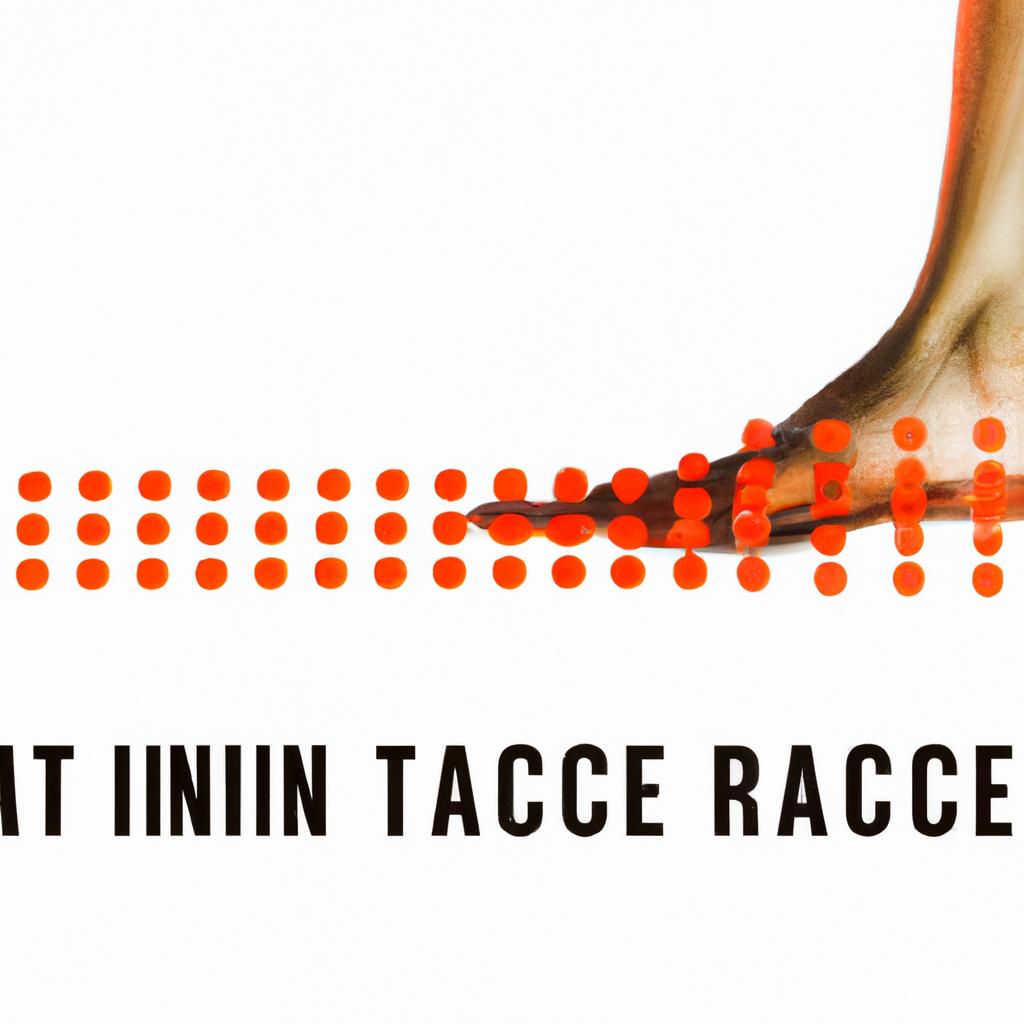Analyzing the Impact of Foot Strike Patterns on Running Efficiency and Injury Prevention
# Analyzing the Impact of Foot Strike Patterns on Running Efficiency and Injury Prevention
Running is one of the most accessible forms of exercise, but it comes with its own set of challenges, particularly concerning injury prevention and overall efficiency. Among the various factors that influence these aspects, foot strike patterns play a crucial role. Understanding how different foot strike patterns affect running efficiency and the risk of injury can help runners make informed choices about their techniques and training. This blog post delves into the various foot strike patterns, their implications for running, and how runners can optimize their performance while minimizing injury risk.
## Understanding Foot Strike Patterns
Foot strike patterns refer to the way a runner’s foot makes contact with the ground during each stride. The three primary types of foot strikes are:
### Forefoot Strike
In a forefoot strike, the runner lands on the balls of their feet. This pattern is often characterized by a higher cadence and shorter stride length. Many elite runners adopt this style, as it can enhance running efficiency and speed.
### Midfoot Strike
A midfoot strike occurs when the foot lands flat on the ground, distributing impact forces evenly across the foot. This pattern is often seen in recreational runners and is believed to balance efficiency and injury prevention.
### Heel Strike
In a heel strike, the heel makes contact first, which is common among beginners and casual runners. While this pattern can be comfortable, it often leads to higher impact forces traveling up the leg, potentially increasing the risk of injury.
## The Relationship Between Foot Strike and Running Efficiency
### Energy Efficiency
Different foot strike patterns can significantly influence a runner’s energy expenditure. Studies suggest that forefoot strikers may experience a more efficient running motion due to the elastic energy stored in the calf muscles during the landing phase. This can lead to a reduced metabolic cost, allowing for longer and faster runs.
### Stride Mechanics
The mechanics of each foot strike pattern also affect stride length and frequency. A forefoot strike typically promotes a quicker cadence and shorter stride, which can enhance speed without increasing energy costs. Conversely, heel strikers often have a longer stride but may waste energy with excessive braking forces upon landing.
## Injury Prevention Through Foot Strike Awareness
### Common Injuries Linked to Foot Strike Patterns
Understanding foot strike patterns can help runners identify potential injury risks. Heel strikers are more prone to injuries like plantar fasciitis, shin splints, and knee pain due to the high impact forces experienced during landing. In contrast, forefoot strikers may face other risks, such as calf strains and Achilles tendonitis, owing to the increased load on these muscles and tendons.
### Transitioning Safely Between Patterns
For runners looking to change their foot strike pattern, a gradual transition is crucial. Sudden changes can lead to overuse injuries, as the body needs time to adapt to new mechanics. A combination of strength training, flexibility exercises, and gradually increasing running distances can facilitate this transition safely.
## Nutrition Tips for Runners
Proper nutrition is vital for any runner, but especially for those looking to optimize performance and recovery. Here are some essential nutrition tips:
– **Hydration**: Maintain hydration before, during, and after running. Dehydration can impair performance and increase injury risk.
– **Carbohydrates**: Focus on complex carbohydrates like whole grains, fruits, and vegetables to fuel long runs and replenish glycogen stores.
– **Protein**: Include lean proteins in your diet to support muscle recovery and repair. Sources include chicken, fish, beans, and legumes.
– **Healthy Fats**: Incorporate sources of healthy fats, such as avocados, nuts, and olive oil, which can provide lasting energy.
## Exercise Advice for Runners
Incorporating specific exercises into your training regimen can improve running efficiency and reduce the risk of injury:
– **Strength Training**: Focus on lower body strength exercises such as squats, lunges, and calf raises to support your running mechanics.
– **Plyometrics**: Exercises like box jumps and bounding can enhance explosive strength and improve foot strike efficiency.
– **Flexibility and Mobility Work**: Incorporate stretching and mobility exercises to maintain joint health and prevent muscle tightness.
## Health Benefits of Optimizing Foot Strike Patterns
Improving running technique through awareness of foot strike patterns not only enhances performance but also contributes to overall health benefits:
– **Improved Cardiovascular Health**: Regular running promotes heart health and cardiovascular endurance.
– **Weight Management















Post Comment